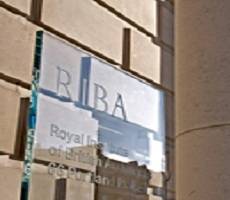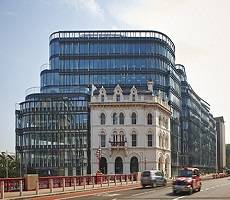August 11, 2014
Natural daylight increases wellness of office workers finds new study
The importance of exposure to natural light to employee health and the priority architectural designs of office environments should place on natural daylight exposure for workers has been highlighted in a new study. According to researchers from Northwestern Medicine and the University of Illinois at Urbana-Champaign office workers with more light exposure at the office had longer sleep duration, better sleep quality, more physical activity and better quality of life compared to office workers with less light exposure in the workplace. Employees with windows in the workplace received 173 per cent more white light exposure during work hours and slept an average of 46 minutes more per night than employees who did not have the natural light exposure in the workplace. There also was a trend for workers in offices with windows to have more physical activity than those without windows. (more…)























July 28, 2014
A vision of office design that is the exact opposite of all it claims to be
by Mark Eltringham • Architecture, Comment, Workplace design
(more…)